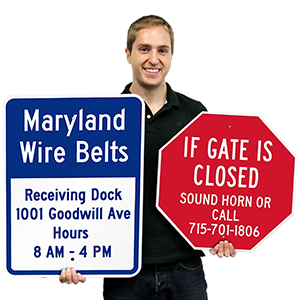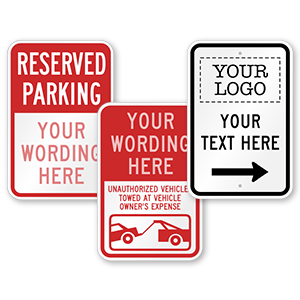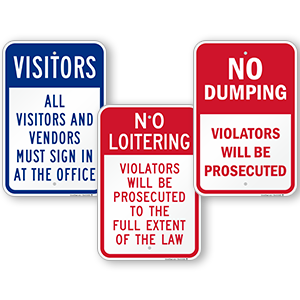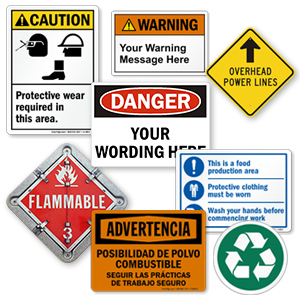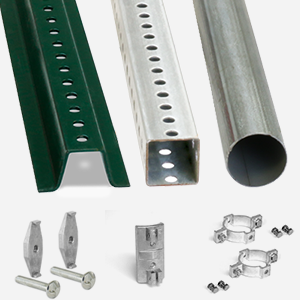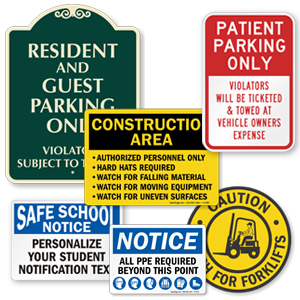Researchers claim that packing action into road signs will prevent accidents
Road signs are everywhere. Most of us couldn’t begin to count how many we see every single day. And this constant exposure starts long before we even secure a drivers license. That means that, even for new drivers, signs advising us to yield, stop, or look out for pedestrians are merely part of the landscape.
That’s a problem. That’s a problem because those signs are there for a reason, and disobeying them leads to innumerable — often preventable — accidents every year.
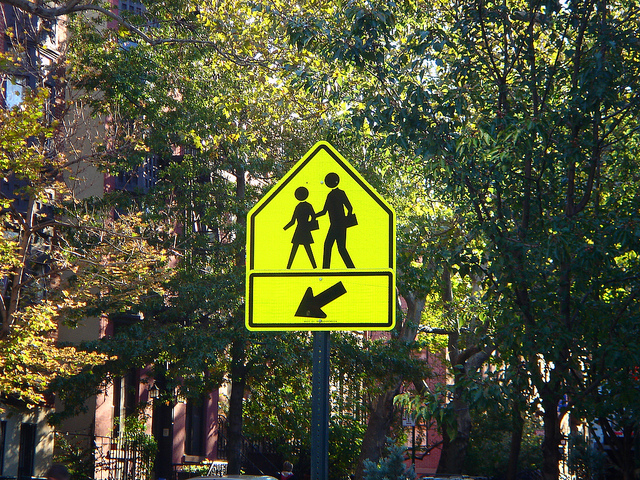
A new study shows that drivers are more likely to heed signs with more active figures. From RoadTrafficSigns.com
We’re not talking about willful disobedience here. This isn’t about people blowing through stop signs as part of a high-speed chase. This has more to do with those of us who are typically law-abiding citizens but simply are so inured to the presence of road signs that they blend into the background and we don’t pay as much attention to them as we should.
Researchers from the University of Michigan and Brigham Young University claim to have a solution. Reporter Justin Scuiletti, who covered this research for The Rundown on PBS NewsHour, notes that the researchers’ solution sounds “like a quote taken out of a pitch meeting run by action director Michael Bay.”
That solution? Increase the action in road signs.
Researchers aren’t suggesting that we animate every road sign in the country with a gory video warning drivers of the consequences of ignoring the sign. That would be prohibitively expensive. And unpleasant.
They’re suggesting something much simpler, and that’s re-drawing existing signs to “pump up the perceived action.” Scuiletti uses the example of the ubiquitous yellow sign indicating a pedestrian crossing via two stick figures, one male, one female, each holding some kind of parcel and walking. That’s the version that’s used in the U.S. today. The researchers think we should replace those signs with stick figures who are drawn as if they are running quickly — perhaps dashing into the street without regard for oncoming traffic.
By suggesting that pedestrians might be running in front of your car instead of idly stepping off the curb, researchers think that you will perceive a more likely and imminent danger and, thus: a) react more quickly, and b) adhere to the warning on the sign.
The researchers didn’t select the pedestrian crossing sign by accident. They studied pedestrian crossing signs all over the world, paying particular attention to three different versions of the sign that depict different levels of movement. On one end of the spectrum is the slow-moving sign found in the U.S. In the middle is one in which the stick figures appear to be jogging. On the other end of the spectrum is a sign depicting stick figures who appear to be sprinting.
The study in question found that, of the three, [the one depicting pedestrians running quickly is] the most effective at causing a brain to not only notice the sign more quickly, but also perceive the risk of a situation more thoroughly.”
In other words, explains study co-author Ryan Elder, “If [the stick figures are] running, then you can imagine them being in front of your car in a hurry.”
The study found that participants “reacted 50 milliseconds faster with the use of a more dynamic sign.” That might not sound like much, but at 60 miles per hour, that translates to a 4.4-foot difference in reaction. If you’re the one standing in the road, those 4.4 feet could save your life.
No word on whether or not the department of transportation intends to act on the study’s findings, but if you spot fast-moving stick figures on signs in a town near you, now you’ll know why.

